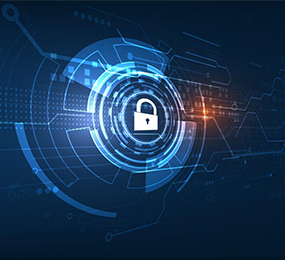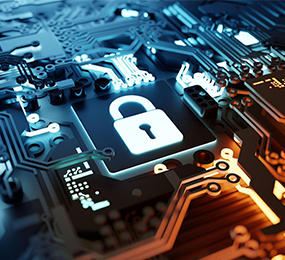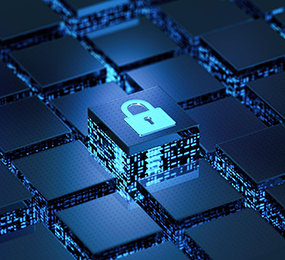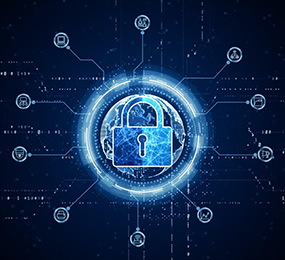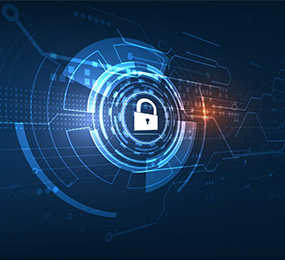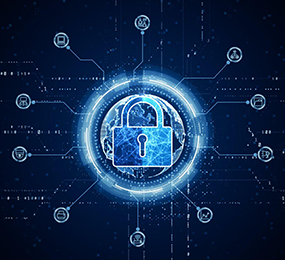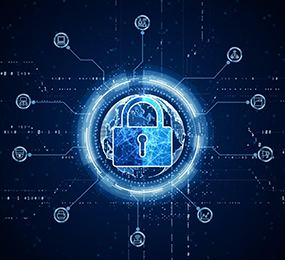Preparing for the Worst: Developing an Incident Response Plan for Renewable Energy Cyber Attacks
As the renewable energy sector continues to grow, it has become increasingly vulnerable to cyber threats. A cyber attack on renewable energy infrastructure can have severe consequences, including damage to equipment, loss of data, and disruption of service. To mitigate the risks of cyber attacks, it is crucial to have an incident response plan in place. An incident response plan is a comprehensive guide that outlines the steps to be taken in the event of a cyber attack.
Here are some steps to consider when developing an incident response plan for renewable energy cyber attacks:
1. Identify key stakeholders: Identify all key stakeholders in the organization who should be involved in the incident response process, including IT staff, senior management, and legal advisors.
2. Establish a response team: Create a team responsible for managing the incident response process. This team should be trained in incident response procedures and have clear roles and responsibilities defined.
3. Develop a communication plan: In the event of a cyber attack, it is essential to have a clear communication plan in place to keep stakeholders informed of the situation. The plan should outline who will communicate with whom, and when, both internally and externally.
4. Conduct a risk assessment: Perform a comprehensive risk assessment of the renewable energy infrastructure to identify vulnerabilities and potential threats. This will help you develop a plan that is tailored to the organization's specific needs.
5. Define incident types: Identify and classify the different types of cyber attacks that the organization may face, such as malware attacks, phishing scams, or denial-of-service attacks.
6. Determine incident response procedures: Develop a step-by-step guide for responding to each type of cyber attack. This should include procedures for isolating affected systems, containing the damage, and restoring systems to their normal state.
7. Test and update the plan: Regularly test the incident response plan to ensure it is effective and up-to-date. Conducting mock cyber attack scenarios can help identify areas for improvement and ensure that the response team is well-prepared to handle a real incident.
In conclusion, preparing for the worst is crucial in protecting renewable energy infrastructure against cyber threats. Developing an incident response plan can help organizations effectively respond to cyber attacks and minimize the impact on their operations. By following these steps and regularly reviewing and updating the plan, organizations can stay one step ahead of cyber attackers and ensure the continued success of their renewable energy operations.
Visit our website to know more: https://www.leadventgrp.com/events/renewable-energy-cyber-security-forum/details
For more information and group participation, contact us: [email protected]
Leadvent Group - Industry Leading Events for Business Leaders!


